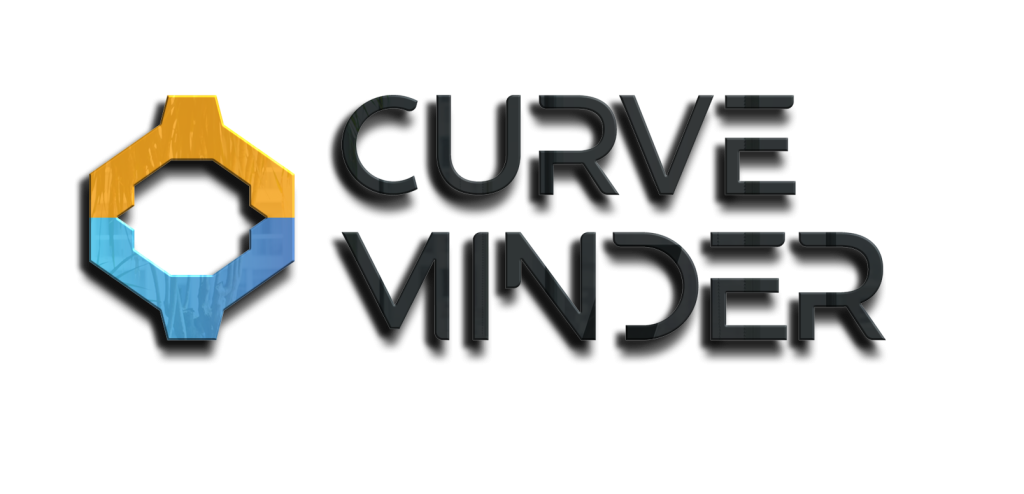Curve Minder isn’t just an innovative product—it’s a game-changer in the world of spinal health. By combining advanced sensors, AI technology, and ergonomic design, Curve Minder is shaping the future of posture correction. In this blog, we’ll explore how Curve Minder is making an impact and setting new standards for spinal health. From the cutting-edge technology behind the product to its real-world applications, we’ll dive into what makes Curve Minder a true game-changer in the field of posture correction.
The Technology Behind Curve Minder
This state-of-the-art seat cover uses advanced sensors and AI algorithms are at the heart of its success. These technologies work together to detect spinal deflection in real-time, providing instant feedback and personalized recommendations to keep your spine healthy. The data we receive from sensors is analyzed by AI algorithms that identify deviations from optimal posture and provide actionable insights. The result is a seamless user experience that combines cutting-edge technology with practical, everyday usability.
A New Era of Posture Correction
Curve Minder is presenting a new era of posture correction by making advanced spinal health technology accessible to everyone. Unlike traditional methods, which rely on manual adjustments or periodic check-ups, Curve Minder provides continuous monitoring and feedback. This proactive approach ensures that users can address posture issues before they become chronic problems. The integration of AI and machine learning also means that Curve Minder gets smarter over time, adapting to your unique sitting habits and providing increasingly accurate recommendations. This combination of accessibility, precision, and adaptability is what sets Curve Minder apart from other posture correction solutions.
The Impact on Workplace Wellness
Poor posture isn’t just a health problem; it jeopardizes the productivity and well-being of the employees. Curve Minder is helping organizations address this issue by providing a tool that promotes better posture and reduces the risk of skeletal injuries. By integrating Curve Minder into their wellness programs, companies can improve employee health, reduce absenteeism, and boost productivity. With Curve Minder you can guarantee the well-being of your employee as well as their back health.
A Better Future with Curve Minder
Our team is constantly innovating, paving the way for a better future with less back pain and more spine care. The future updates and advancements we plan to integrate into Curve Minder are going to set a new course in the future of spinal health. The company is also exploring partnerships with healthcare providers and ergonomic experts to expand the reach of its technology. These enhancements will make Curve Minder an even more essential tool for anyone who values their spinal health.
The Game Changer
The thing that sets Curve Minder apart of the other posture correction tools is its blend of sophisticated tech with easy-to-use design and real-world efficiency. While old methods relied on manual adjustment or periodic check-ups, Curve Minder goes for continuous feedback and monitoring. In this way, a problem with sitting posture can be easily avoided before it turns chronic. Yet another aspect that places Curve Minder in a group all its own is the fact that it can adjust according to the user’s environment needs. Be it in the office, in a classroom, in the vehicle – wherever it goes, Curve Minder gives live feedback and personal recommendations. Because of its portability and ease of use, Curve Minder can cater to everybody from office workers to students and drivers.
Conclusion
Curve Minder is set to paint a new picture of the future. By combining cutting-edge technology with ergonomic design, Curve Minder is shaping the future of posture correction. Whether you’re an individual looking to improve your posture or an organization focused on employee wellness, Curve Minder is here to help you achieve your goals. Utilize Curve Minder to reach optimal spine health and set the way of a healthier future for your back.
4/4
Behind the Scenes of Developing Curve Minder
Curve Minder is the results of countless hours research, collaboration, and development. In this blog, we plan to explore the details of our team collaborations and we’ll take you behind the scenes to explore how Curve Minder was brought to life. From the initial concept to the final product, we’ll show you how our team worked tirelessly to create a tool that’s revolutionizing spinal health.
The Research Phase
The development process of Curve Minder began with general research into the causes and effects of poor posture and spinal problems. Our team collaborated with medical professionals, experts, and the most efficient spinal health specialists to identify the key parameters that contribute to spinal deflection and other spine-related problems. We also conducted surveys and interviews with office workers, students, and drivers to understand their unique challenges and needs.
Prototyping and Testing
Following the identification of the problem, prototyping began. Numerous iterations of the seat cover were made, each with a different configuration of sensors and materials. Several tests were done in regards to sensor dynamics, accuracy and reliability, and comfort and durability of the seat cover. For instance, with one of the early prototypes, the idea was a single sensor to detect spinal deflection; however, this was found not to be accurate enough to provide helpful feedback. Yet another one gave us a multi-sensor design that integrates detecting pressure points along the spine, hips, and neck into an overall picture of user posture.
Collaboration and Innovation
Curve Minder was developed by a team, and thus, it represents some of the finest innovations available in its field. Regular team discussions to generate ideas, analyze problems, and push the bounds of possibilities were regularly held. The collaboration combines high technology with ergonomic principles in a single product, which makes it very competitive and at the same time, applicable. Its out-of-the-box thinking and restless striving for excellence of the team made the Curve Minder.
Development Meetings – The Heart of Innovation
The major contributing factor that ensured the success of Curve Minder was the continuous meetings for development purposes to introduce the team members to each other. They were not only about status updates, but were instead full-scale collaborative work. Ideas were presented, problems were identified, and solutions were reached. Right from the start, engineers cooperated with the designers, qui discuss product development and futures based on input from medical experts and marketers. For example, during one meeting an engineer proposed a new sensor design that would give the added benefit of precision. The design team proposed a more ergonomic seat cover for the comfort of end users.
The Challenges We Overcame
The design of Curve Minder was somewhat of a challenging task. The more that we thought about it, the more apparent it had been how a major obstacle arose in the way of getting the sensors to be reliable and accurate enough. From this experience, we learned that the first prototypes had several bugs and were inconsistent in their reaction, which made it difficult for users to trust the product. Tests were made with the sensor manufacturers to find better design options. The AI would also estimate parameters, which would greatly assist in collecting requisite data for better recommendations through the phone application. Making Curve Minder accessible was another challenge. We wanted it to be affordable, high-quality, and enjoyable for use. We started by working together in detail on developing the design and production process to keep down the cost.
Conclusion
Over many years of collaboration, hard work, and innovation-Curve Minder-a lifelong possible curved spine transformation tool, which from phenomenal ideas shaped through research finally to a product-was born. We are proud of our achievements, and we believe that Curve Minder will mark a most positive difference to spinal health care in the foreseeable future.

